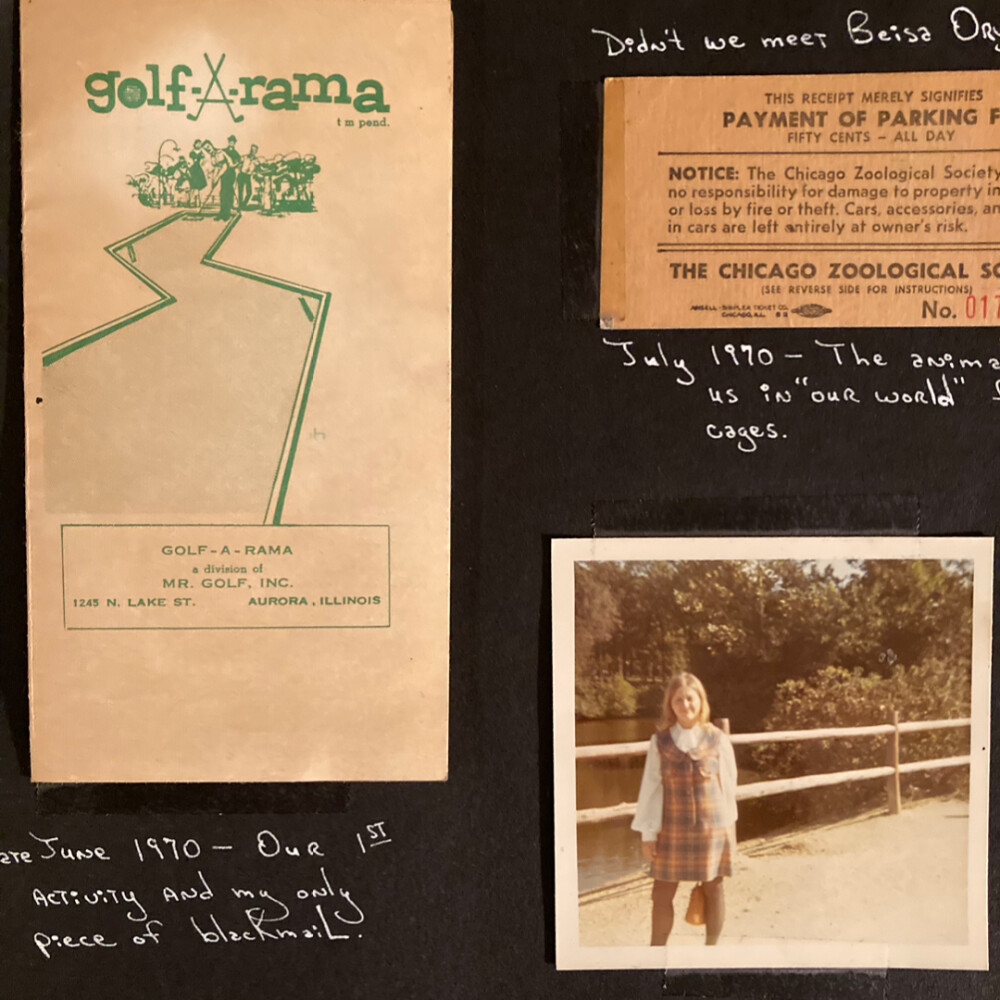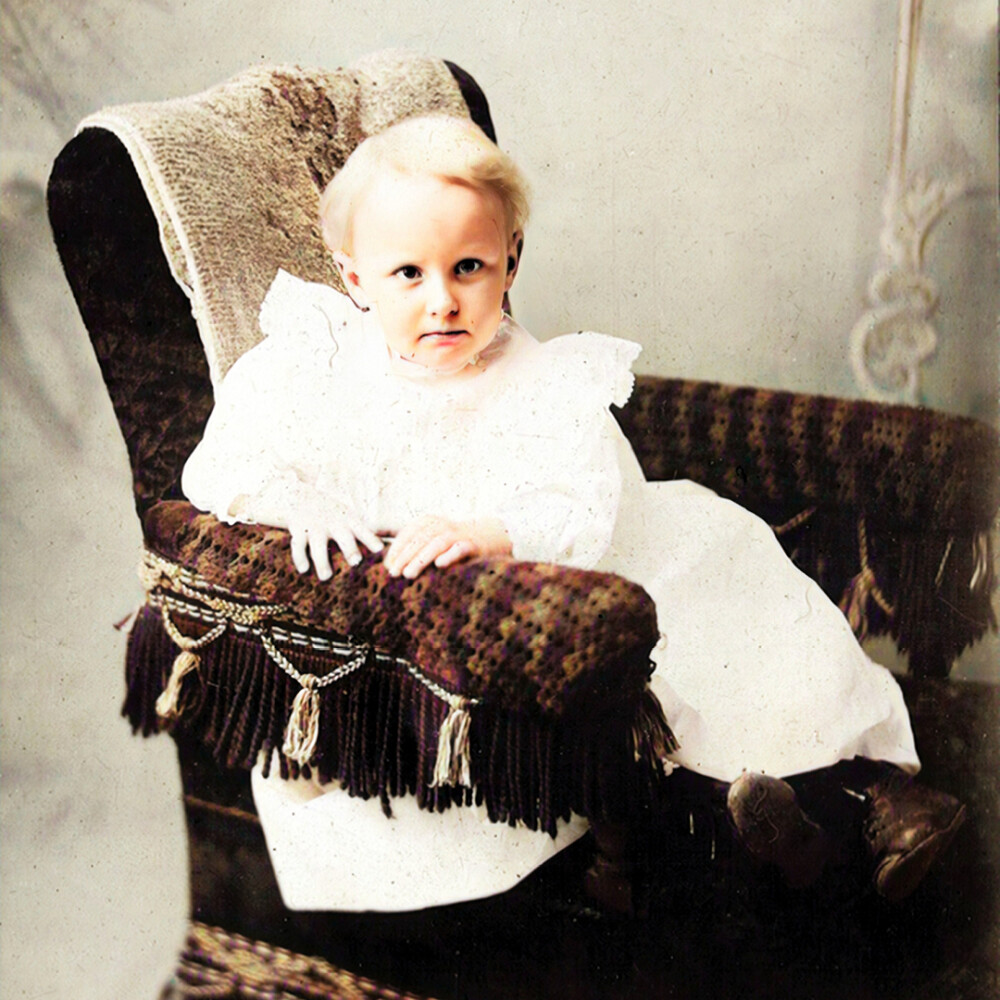This week, as Save the Photos Month continues, we asked interiors and brand photographer Linda Pordon to share three tips to help elevate your at-home Artifcts photography.
Linda is a recognized interiors and brand photographer based out of the New York/New Jersey area. Her work has been published in outlets including Better Homes and Gardens, Domino, Elle Decor, and the NY Times. Additionally, Linda is the owner and founder of Proppe Shoppe, a collection of curated vintage and one-of-a-kind decorative objects and furnishings for the home. (Maybe you'll nod with understanding when you see some of these one-of-a-kind finds didn't even make it to the store front but are instead futured in Linda's public Artifcts collection!)
Through her photography, Linda aims to convey the feel and depth of the pieces and spaces she photographs but, more importantly, she aims to create emotional connections to these subjects through her lens.
Hear from Linda directly for a few easy tips you can try at home to elevate the photography of your cherished objects without any fancy equipment (or frustration!).
1. FIND THAT LIGHT
Let's start off by going against what you may think ... the "best light" does not necessarily mean find the brightest light possible (or upping your exposure on your phone editing mode) to make it all "light and bright." I have photographed and sold $800 sculptures that look like they were taken inside a dark closet. But oh they were sexy. The shadows made you feel something when you looked at it. Sometimes, less is more. So a few tips for lighting:
It may seem counterintuitive but TURN YOUR LIGHTS OFF. Use natural and only natural light if you can.
-
-
- Bring objects outside. The perfect weather to photograph items is an overcast, cloudy day. It gives even but bright-enough light. If it’s sunny out, find a spot in the shade to place your object. When outdoors, you want to make sure your light is even and not too bright. Watch out for dark shadows that will overpower your images and distract.
- When photographing inside, just open your shades and set up near a window ... just not directly in the sun. If your brightest room is too bright, use a bedsheet to hang or tape over the window to diffuse the light a bit. Get creative!
- If you can't move your object, make sure you try to minimize the artificial lighting that is needed or opt to bring lights closer vs have the orange glare and reflection of overhead lights.
-
Play with (gasp) shadows.
I said it. Use objects near or in front of your light to create shadows. A window pane. Hold a stem of flowers in front of the light. A raffia hat. You get the point. This is so easy to do and creates such high drama and can be done with things you have around the house. Your images will be looking "editorial" in no time.

2. KEEP YOUR BACKGROUND SIMPLE AND MAKE IT CONSISTENT
If you're photographing several objects or an ongoing collection, try to make sure your color story and mood are consistent.
Do you want all bright pops of color behind your objects? Simple white? Dark and moody? The world is your oyster. My absolute favorite backgrounds are Replica Surfaces Boards (not sponsored but they should be!) which are lightweight and completely wipeable. The marble truly looks like marble and I have photographed it in every lighting possible. I wouldn't lie to you.
If you don't want to invest in purchasing backgrounds, you can grab cheap poster board and keep it white or paint it any color or texture you feel like. Or hang a sheet against a wall and drape it down onto the floor. You would be shocked at how many brands are keeping their backgrounds pretty organic and homemade these days, but the images still look stunning and professional.

3. THINK (AND PAUSE) BEFORE YOU SNAP
The biggest advice I would give you is take your time. Really think about your shot. Take your time holding your camera (even if it's your iPhone). Look around at the light. When my kids photograph with me for fun, I always have them walk around and take pictures with their hands to really see things before they get distracted with clicking the shutter. Think before you get snap happy!
A few concrete things to focus on:
Composition: This is a really big part of photography and a hard thing to break down succinctly, but try to be mindful of the following:
-
-
- Leave negative space. It lets the eye breathe and actually makes your object more of a focal point.
- Group smaller objects closer together to give them more "weight" on camera (groups of 3 are generally pleasing to the eye).
- Vary up your angles. Make sure you get at least one head-on shot. Stand on a stool and take some overhead.
- Watch your sight lines. Make sure key details aren't blocked. Try to see what your eye is drawn to and how it moves across an image.
-

Gridlines: My #1 tactical PLEASE PLEASE do this is get your picture straight.
If you are taking pictures crooked, panned up or down and not taking a minute to get as straight as possible, your images are always going to look more amateur. I can forgive almost any sin above the crooked image. An iPhone trick here is to turn your gridlines on (Settings -> Camera -> Grid set to green), and voila! The Lightroom app (available on iOS and Android) also has a great feature to auto correct gridlines (Geometry -> Upright click this toggle -> keep to "Auto," generally).
Editing: If you looked at a professional photographer's images, they should look pretty good SOOC (straight out of camera), but we would all be lying if we said post-production editing isn't a large part of the creative process.
There are some horrible filters out there, but there are also some good free and cheap phone apps you can use for your camera phone photos. Lightroom is my favorite for photo editing. I also love Color Story. Your iPhone's built-in camera editing tools aren't all that shabby either. Try to keep your highlights down, your shadows up, and play with the contrast and warmth as much as you want. If you find settings you love using, try to consistently apply them to your images.



Last, but not least, have fun with it.
Photography is such a beautiful way to tell a story about something or someone you love. My favorite photos are the ones where I wasn't overthinking, I wasn't hyper focused on the technical pieces, and I was just inspired by what I was shooting. Enjoy the gift of translating things you love for others to see and enjoy.
Share with us Artifcts you've created putting some of Linda's tips to the test at Editor@Artifcts.com. Or share directly with Artifcts on Facebook or @TheArtiLife on Instagram - we love videos too!
Want to learn more from Linda? Watch our Evenings with Artifcts event replay!
Happy Artifcting!
###
ABOUT THE FEATURED PHOTOGRAPHER
Linda Pordon is an interior and commercial brand photographer based out of Ho-Ho-Kus, New Jersey. She has a B.S. in Finance and started her career in forensic investigations at PricewaterhouseCoopers before pivoting to marketing as an executive at American Express in the premium product space for 15 years. Linda draws on her 20-year tenure in corporate marketing and strategy to enable her to better translate the visions and stories of businesses in her photography work. When she's not behind the lens, Linda has her hands full with her favorite ever-moving subjects, her three young sons, 5, 7, & 9 years old.
© 2023 Artifcts, Inc. All Rights Reserved.
































